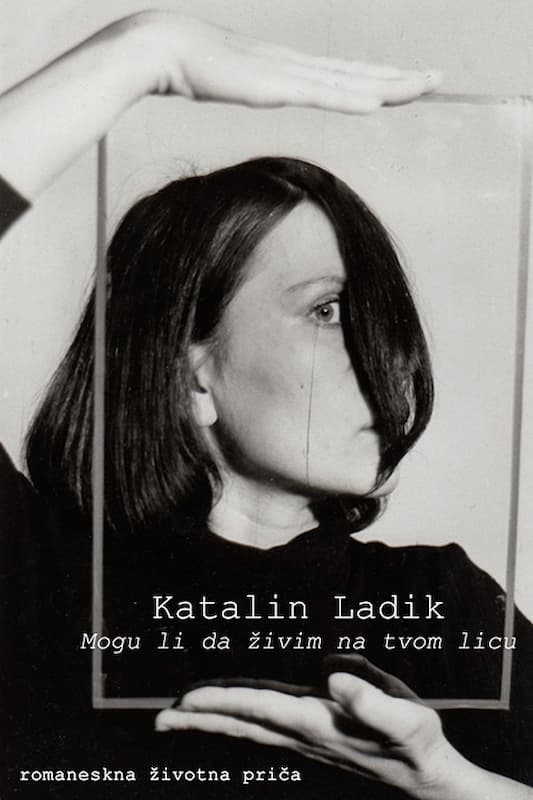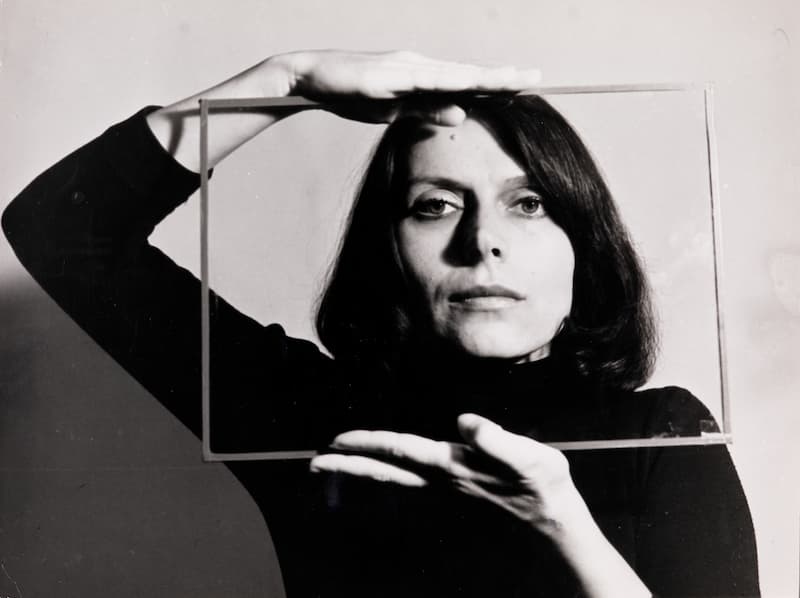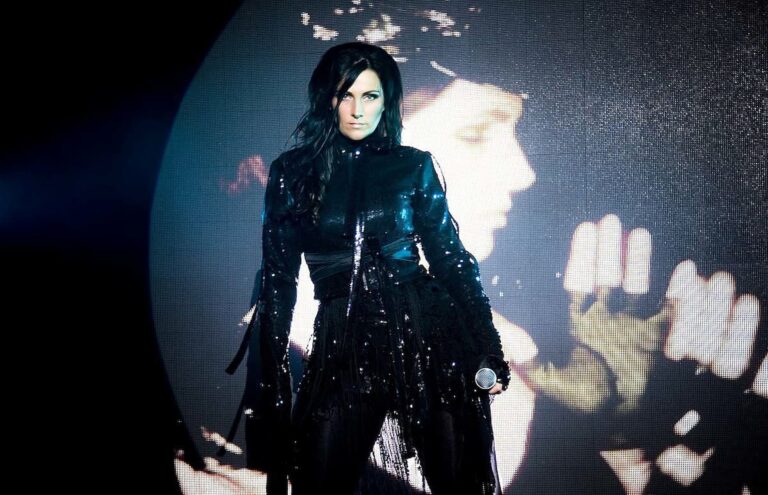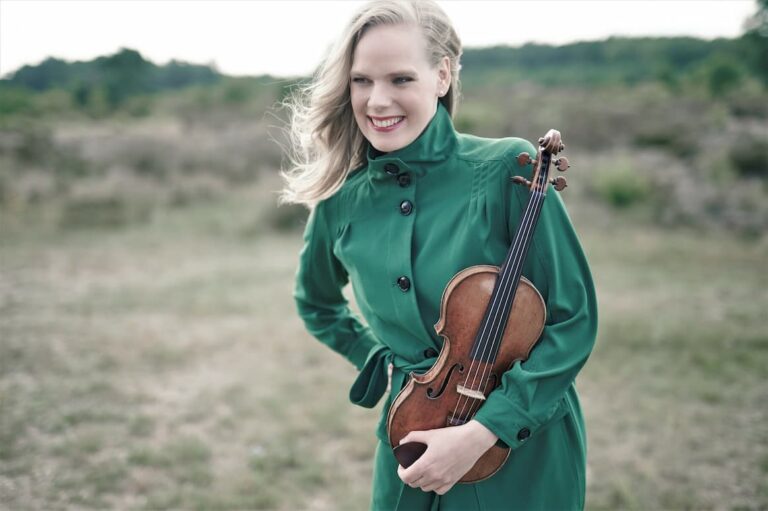Feminism before feminism – that was what Katalin Ladik represented for Yugoslav society, but also for the art in our region back then, as well as today. It started from micro-struggle, without a feminist subtext, on a strictly private level, and it has become synonymous with what we call feminism today, women’s writing and other names for activism in this sphere. It is difficult to say within which artistic field she did not create. It is difficult to say whose national art she belongs to. Half of the world has seen her art, and modern anthologies remember her as a neo-avant-garde artist. That is why it was probably hard for Ladik when she had to write a romanticised life story, on the well-known border between fiction and autobiography, where every personal story that is transferred into a work of art is located. Can I Live on Your Face? is the title of the latest and first prose work of Katalin Ladik. The promotion of the said book will be organised on 20 May at the Museum of Contemporary Art of Vojvodina, within the new Heroines programme arch, realised by Novi Sad – European Capital of Culture, and sponsored by Erste bank.

Katalin Ladik is one of those heroines who marked her time, especially the feminist seventies. Some would call her a controversial artist, but it seems like she is just one of us. That is why her latest book is genre-atypical, which tells us a lot about the life and work of this versatile activist: ‘In my poetry, time and place are transcendental. I believe that poetry should be sound in many cultural and geographical areas. However, some thoughts and ideas require a different form and dramaturgy. Therefore, I chose the form of a novelised life story for the book Can I Live on Your Face. It is actually poetic prose of a documentary character, which is mixed with a fictional autobiographical story,’ Ladik explains.
The Originator of Performance in This Area
Born in Novi Sad, where she lived and worked until she moved to Budapest and then to Hvar, Katalin began her career first as a councillor in the Municipal Assembly of Novi Sad, after which she worked at a bank. Nevertheless, poetry prevailed, and then performance, that is, everything we know today as multimedia art, so the unsuspecting bank worker, who hid Rimbaud and Gide under the counter, became the originator of performance in this area (later influencing Marina Abramović and further generations), noted poetess, actress, body-art and artist of experimental sound… (Un)intentionally entering the fight against patriarchy and changing established notions about women and the female body, it is interesting that the beginning of Katalin’s artistic career is related to the Subotica group Bosch+Bosch, which was considered quite conservative and patriarchal, predominantly male, where her field of work was dealing with sound performance. Her first collection of poems the Ballad of the Silver Bike dates to 1969, and the first solo performances began in 1970. The rest is history, witnessed by the whole of Europe, the United States and Canada.
The life and work of Katalin Ladik are also related to Novi Sad, the city that she discovered every inch of on a bicycle, where she was considered the female counterpart to Salvador Dalí, whose verses are perverse, and at the same time the most modern that Vojvodina (and the entire former state) had at the time. As part of the Youth Forum, the meeting place of the experimental scene, two magazines, Symposion and Polja, were published (one is still being published), which significantly influenced Katalin and all like-minded people of that time, and she published her first poems in Symposion. The artist often emphasises the great support provided by Bogdanka Poznanović, an avant-garde multimedia artist and former professor at the Academy of Arts in Novi Sad, as well as Judita Šalgo, a well-known writer and essayist. She is the winner of the October Award given by the City of Novi Sad, the National Award for Outstanding Contribution to the Culture of the Republic of Serbia, and in 2016 she was awarded the LennonONo Grant for Peace.

In the year when Novi Sad is the European Capital of Culture, it is important to remember the heroines who marked our past and those who are currently active. We asked Katalin what she thinks of them – about the representatives of today’s currents and the differences in relation to former heroines: ‘I follow the art of young people with excitement. What characterises them, as well as my generation, is the question of whether they should fit into some world trend of art form or find and persevere in creating their own authentic style. The special feature of young people is their new sensibility, greater choice, and use of new media. Their shortcomings are the same as ours once were.’
Heroines bring us a large number of programmes through which we will get acquainted with the theory and practice of feminism and the first in line is the Feminist Avant-Garde (19 May – 21 June, Museum of Contemporary Art of Vojvodina). Focusing primarily on the seventies, which brought many changes in the understanding of women in art and society of that time, this multimedia event will present an exhibition of as many as 78 international female artists such as Cindy Sherman, Gina Pane, Sanja Iveković and others.
Author: Leona Pap
Translation: Ana Marija Radosavljević
Foto: Promo/EPK







